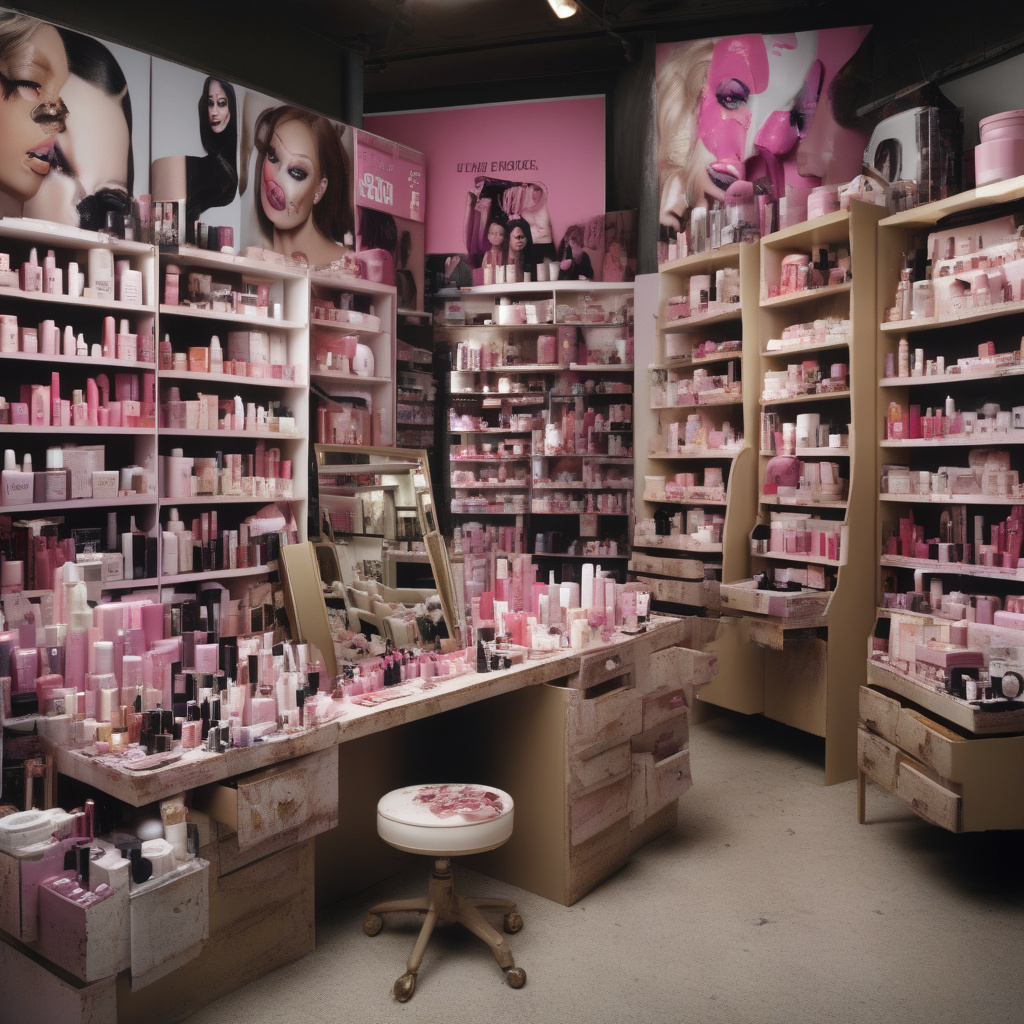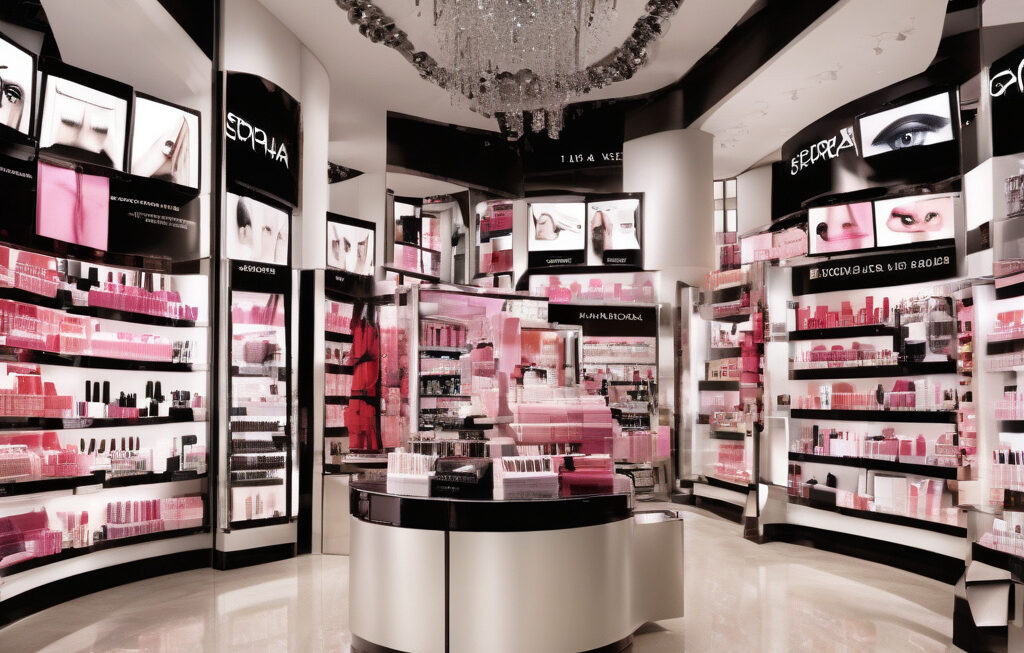Trump’s Tariffs Send Beauty Industry Into Crisis Mode
The beauty industry is known for its resilience in the face of challenges, but the recent implementation of high tariffs on key import sources by the Trump administration has sent shockwaves through the sector. With major beauty powerhouses like South Korea and France being heavily impacted by these tariffs, brands are now forced to reconsider their budgets and strategies to navigate this new economic landscape.
South Korea and France are renowned for their innovative beauty products and high-quality ingredients, making them indispensable sources for many beauty brands around the world. However, with the new tariffs driving up the cost of importing these goods, companies are finding themselves in a difficult position. The increased expenses are putting pressure on profit margins and forcing brands to reevaluate their pricing strategies.
One of the key dilemmas facing beauty companies is whether to absorb the additional costs or pass them on to consumers. In a highly competitive market where price sensitivity is a major factor in purchasing decisions, any increase in product prices could have a significant impact on sales. This leaves brands with the tough choice of maintaining their profit margins or potentially losing customers to more affordable alternatives.
Despite the challenges posed by the tariffs, many beauty brands are hesitant to relocate their production facilities to avoid them. Moving manufacturing operations to a different country can be a costly and time-consuming process that may not guarantee relief from tariffs in the long term. Additionally, brands value the expertise and reputation that come with manufacturing in countries like South Korea and France, making it a difficult decision to uproot their production processes.
Instead of resorting to drastic measures like relocating production, beauty brands are exploring alternative solutions to mitigate the impact of the tariffs. Some companies are diversifying their sourcing strategies to include a mix of suppliers from different regions, reducing their reliance on any single country. By spreading out their sourcing network, brands can minimize the risk of being heavily affected by tariffs on a specific country.
Another strategy being employed by beauty brands is to renegotiate contracts with suppliers to offset the increased costs resulting from the tariffs. By working closely with their partners and suppliers, companies can find creative ways to share the burden of the tariffs and prevent them from significantly impacting their bottom line. This collaborative approach allows brands to adapt to the new economic reality without compromising on the quality of their products.
In the midst of this economic uncertainty, the beauty industry is facing a challenging period of adaptation and innovation. Brands that can navigate the complexities of the tariffs and find creative solutions to mitigate their impact will emerge stronger and more resilient in the long run. By maintaining a focus on quality, innovation, and consumer value, beauty companies can weather the storm and continue to thrive in an ever-changing global market.
In conclusion, the beauty industry is experiencing a period of upheaval due to the high tariffs imposed on key import sources like South Korea and France. While these tariffs present significant challenges for brands, there are opportunities for innovation and adaptation that can help companies overcome these obstacles. By exploring alternative sourcing strategies, renegotiating contracts, and staying true to their core values, beauty brands can successfully navigate this crisis and emerge stronger on the other side.
beauty industry, tariffs, import sources, innovation, economic challenges












